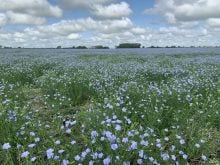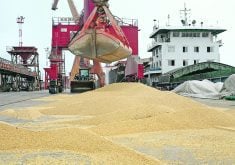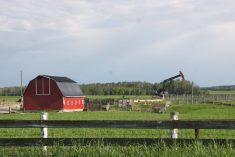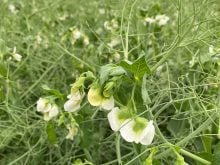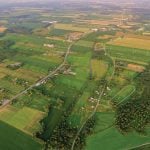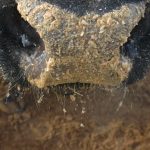Domestic elk continue to be slaughtered in Saskatchewan as federal officials continue the attempted cleanup of chronic wasting disease.
Animals from five more herds will be killed after veterinarians from the Canadian Food Inspection Agency discovered some herd members were infected.
That raises the number of infected herds from 24 to 29. More than 4,600 game farm elk have been killed since March 2000.
Most of those animals have not been infected with the disease. The only way to test for CWD is to kill an animal and analyze its brain. The whole-herd killoffs are an attempt to stamp out the disease.
Read Also
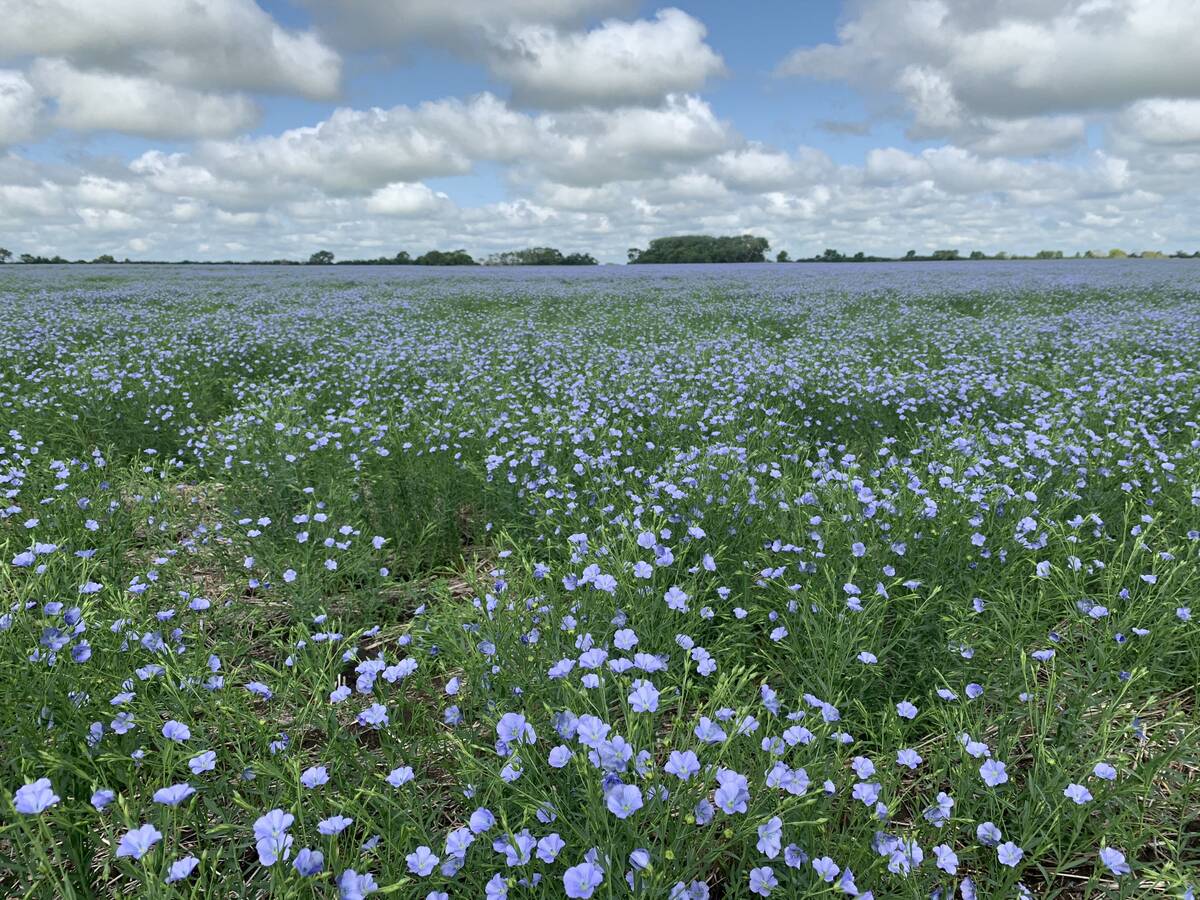
Flax sector sees omega-3 opportunity
SASKATOON — A global shortage of omega-3 oils could be an opportunity for the flax sector, says an industry official….
The recent batch of infected herds were discovered as CFIA vets traced animals that had left infected herds for other herds.
“Some are traceouts of traceouts of traceouts,” said CFIA official Brian Peart.
CWD was brought into Canada in a shipment of South Dakota elk that went to a Lloydminster area farm. The disease has been present in that herd since 1990, but was only discovered last year.
Animals from that herd were sold to other herds, taking the disease with them. Then animals from those herds were sold to other herds, further spreading it.
However, Peart said all infected animals discovered so far have been connected to the Lloydminster farm. There are no independent cases.
CWD is endemic in a small area of Colorado and Wyoming. It is part of the transmissible spongiform encephalopathy family of diseases, which includes scrapie in sheep and bovine spongiform encephalopathy in cattle.
Scientists are not sure how it spreads. There is no evidence it is a threat to human health.
No cases of CWD have been discovered in Manitoba and Alberta. The only cases found in Canada have been on Saskatchewan farms, at the Toronto zoo in mule deer imported from Colorado, and two cases of infected mule deer in the wild in western Saskatchewan.



